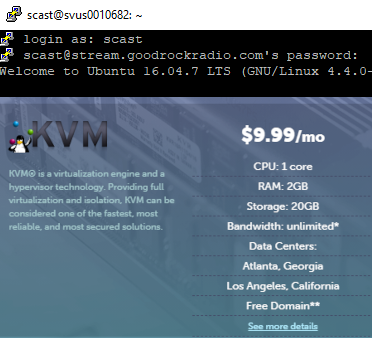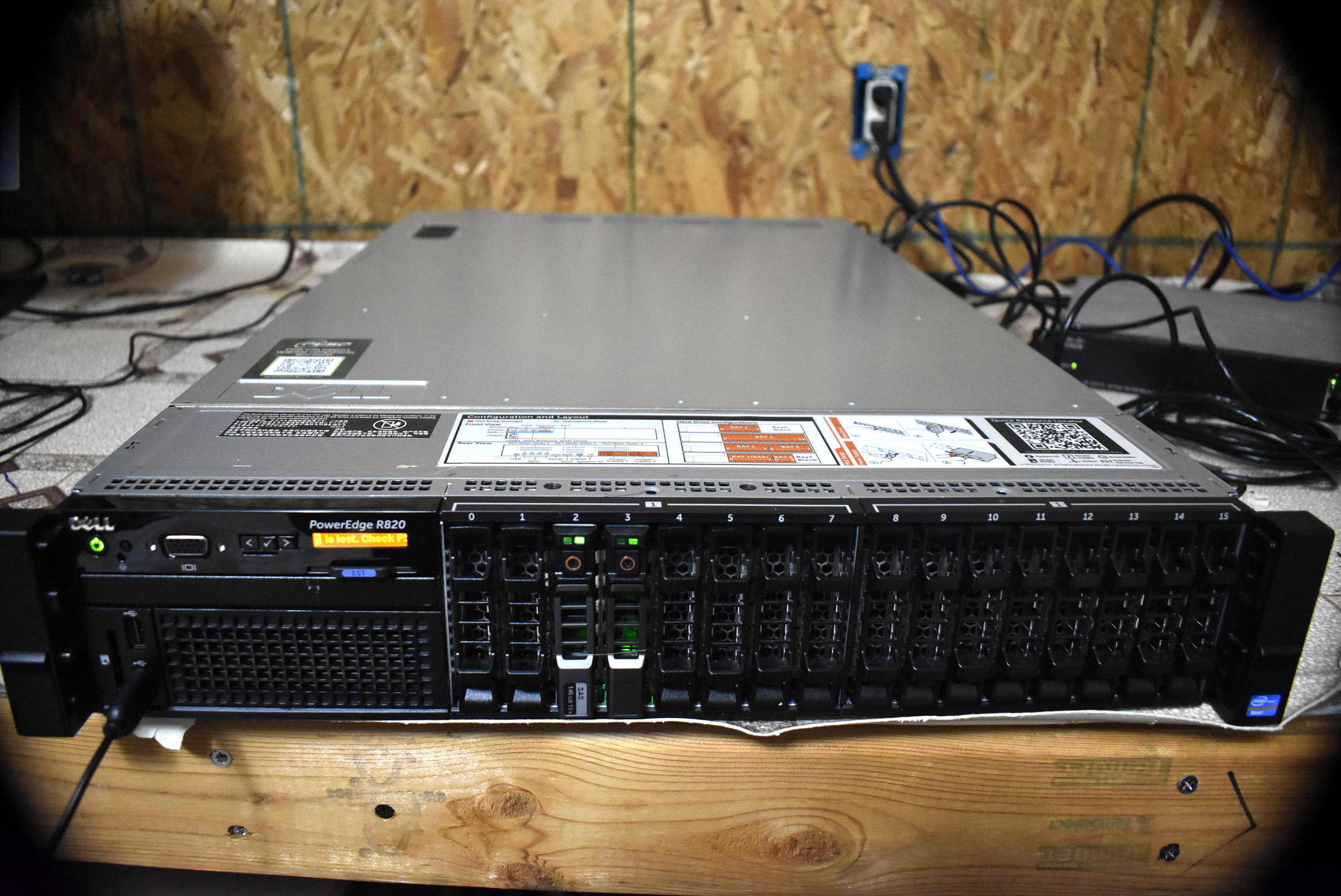-
Progressive Web APP (PWA) vs Traditional Mobile OS level APP
Published 2023-08-29 00:23:22
Updated 2023-08-29 23:36:49
Written by jbick
Comparing PWA Progressive Web App vs Traditional mobile app. Showcasing use cases for each.
Today's technology eco system is ever evolving. From websites and apps to Social media there's a channel for every category of need. Sometimes just a website is sufficient but each has advantages and disadvantages. Some times all channels combined are required.
A website is a great starting point for a potential lead. A user can access your logo and marketing material just fine without having to download or install anything. It's easy to tell people about your URL or share it on Facebook. A website can do just about everything an app can with the exception of fast access to user input hardware such as camera or microphone.
Furthermore a website has no local device storage except for cookies. Each time a user views a page all -- all its content and graphics are re-downloaded. With a website there is no need to distribute updates as a website is always viewed in live time.
A traditional mobile app is like a website but all it's graphics and system files are downloaded to the end user's device during install. Additionally an app stores all its user-collected data on the user's device. This is good and bad as it makes the app super fast with immediate access to all core graphic files locally vs loading the images from a webserver. All these files can quickly suck up a lot of disk space on the user's device. Some social media apps can add up to several GBs of data.
Once installed an app offers tremendous convenience and usability. It installs a nice icon on the home screen that can access the app at the tap of a finger. Apps can offer up to date data just like a website with the use of API. Apps cane interact with user's hardware unlike any website can.
A progressive web app offers the best of 2 universes. A progressive web app is essentially a mobile-friendly web page loaded into the frame of an app on a mobile device. A processive web app installs essentially like a traditional app but within device browser. It installs directly onto device without the need for an "app store". Like a traditional app it places an icon on home screen that looks just like any other app.
A PWA will consume up to 50 kb of data with even the icon being stored in the web root.
Advantages of progressive web app
- Lightweight. Uses very little storage on end user device.
- Fast install. See this article for a real world example that shows how fast installation can be.
- Easy to setup. Any mobile friendly website + manifest file + icon file = PWA.
- Works on all mobile operating systems.
- no need for iTunes or Google Play
Advantages of traditional app
- Access to user's hardware such as camera, microphone, keyboard, etc.
- Convenience. App icon installed onto user's home screen.
- Push notifications sent to users device. Keeps user interactive with content.
- Data stored locally makes much faster-wholesome experience.
Working example of PWA
Good Rock Radio needed a way to reach listeners with audio player, current playlist, and request line. Additionally, they needed something that was convenient for listeners and wouldn't take a lot of storage on a user's device. PWA was the perfect way to go as audio streaming is native in HTML 5. grr127.net is a PWA that offers non stop rock at the tap of the finger.
Related TECH/WEB Posts


